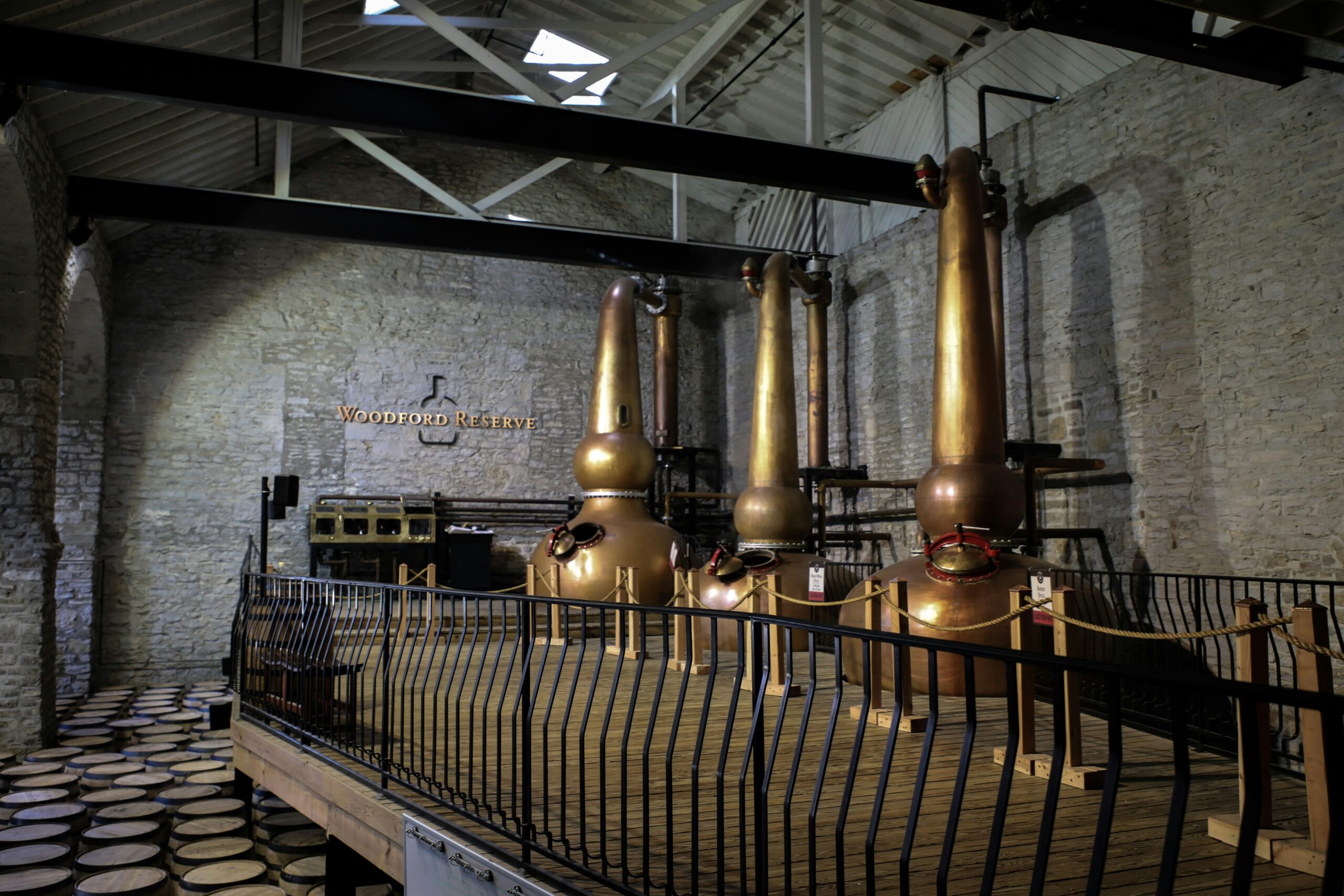
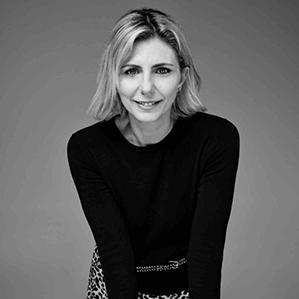
MEZZADRIA, PODERE, PROMISCUO
The words danced in my mind after my conversation with the beloved Giannis Kaymenakis, when I told him I was going to Montalcino.
These are terms that reflect Italy’s long winemaking tradition—especially that of Tuscany—and they serve as a key to understanding how things still work in the region today. The Italians’ relationship with wine has always been deeply rooted in the land.
From the old mezzadria system—where farmers cultivated the land of landowners and shared the production with them—and the fattorie—large rural estates with diverse crops and livestock—to the poderi, smaller family-run farms. Over time, these structures evolved into modern wineries, preserving the tradition of viticulture while integrating new techniques.
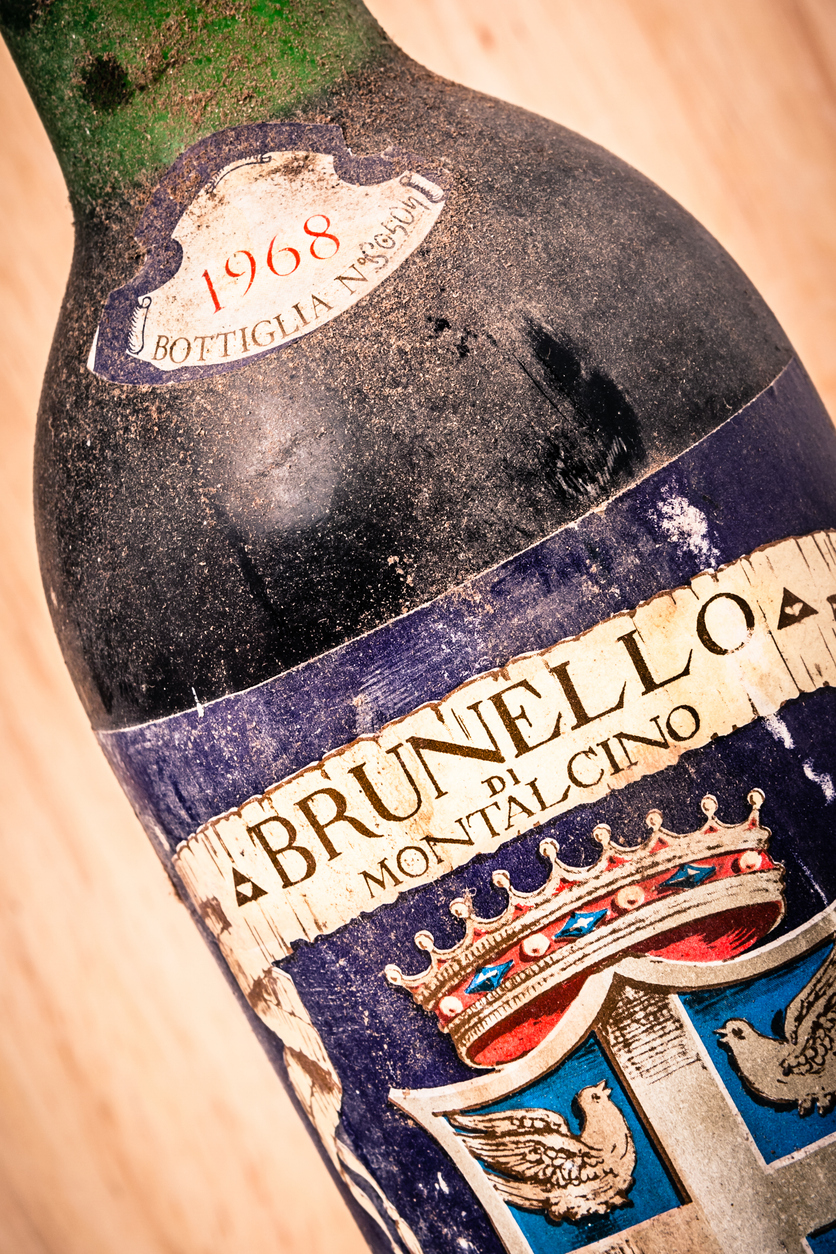
This development confirms that wine production in Italy has never been just a commercial activity, but a way of life, deeply rooted in the country’s history and culture. However, don’t be fooled by the “overwhelming” beauty of Tuscany. The most significant chapter of the region’s history is buried in deep poverty.
“We had nothing, not even shoes for our children. But we had the land. And the land never disappoints those who take care of it,” used to say Nello Baricci, one of the pioneering winemakers of the area and founder of the famous Consorzio, which transformed the wine fate of the region.
MONTALCINO TODAY AND THE CONSORZIO
When you arrive in Montalcino, you immediately feel as if you’re in a typical Tuscan postcard. The road winds uphill through vineyards, olive groves, and hills that stretch as far as the eye can see, with a sense of order that’s almost obsessive and is undisturbed by anything.
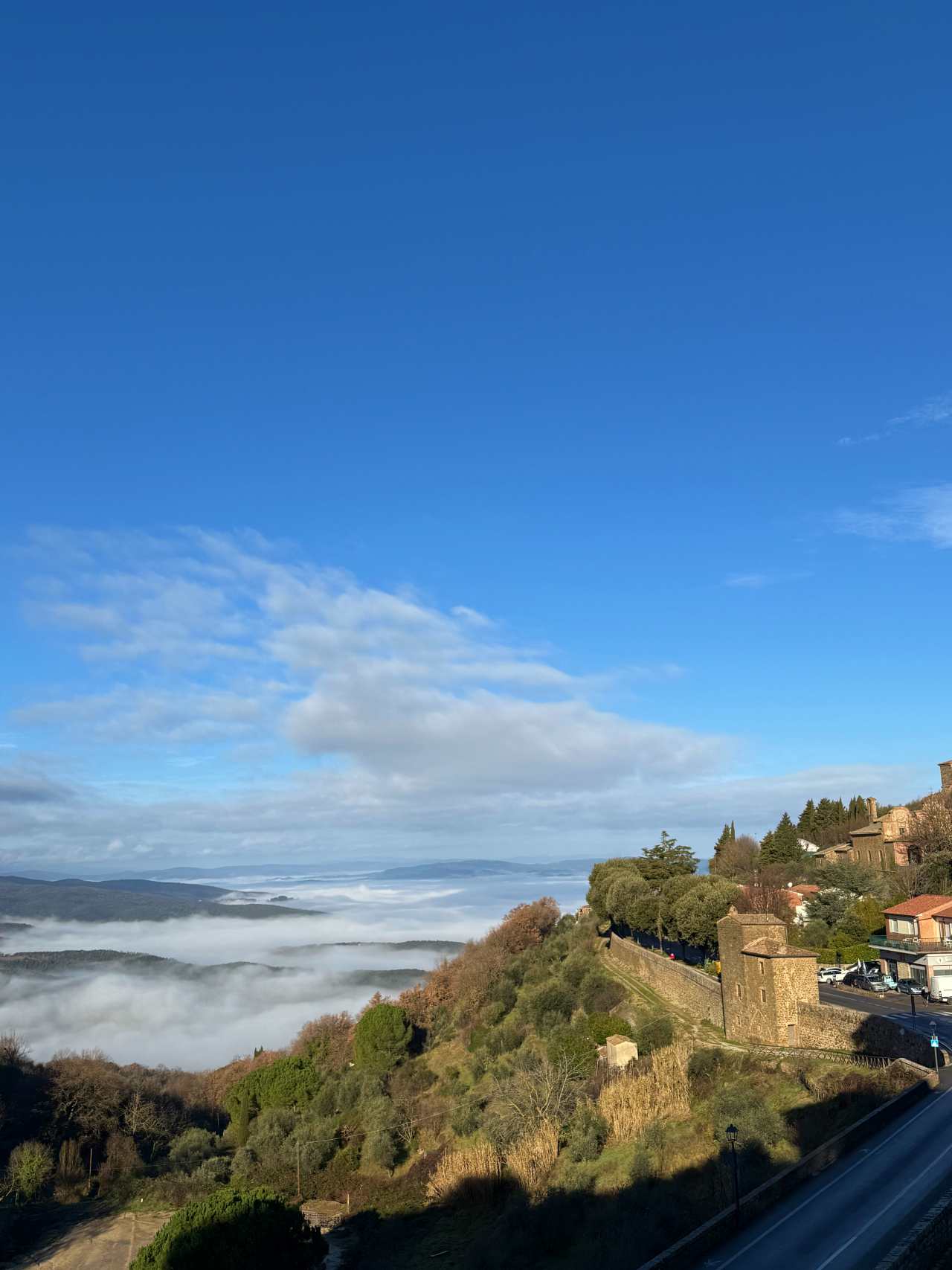
Cobblestone streets, stone houses, and small shops selling wine and local products, all nestled in the shadow of the imposing 14th-century castle, which offers an incredible view of the Tuscan landscape.
Right inside the heart of the castle, Fabio Tassi, a winemaker and the very soul of Montalcino, has his Enoteca. A truly wonderful shop with amazing wine labels, anything you could imagine from all over Italy, and local products.
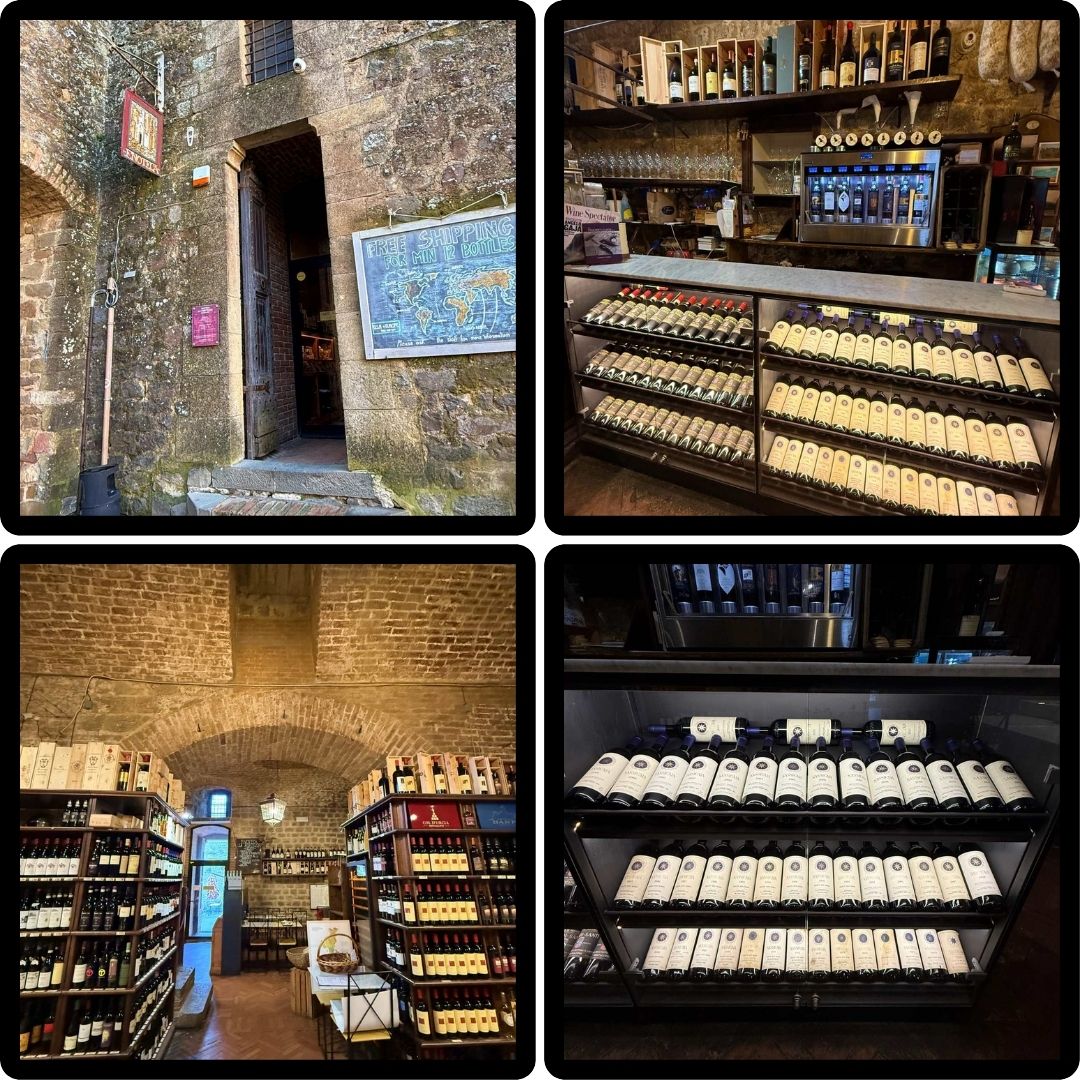
There, in a nearly religious atmosphere of reverence, I suspect legendary feasts have taken place. The history of winemaking in the region is as rich and layered as the wine itself, full of tradition, innovation, and a deep respect for the land.
Winemaking in Montalcino has its roots in ancient times. The fertile soils, temperate Mediterranean climate, and hills that provide ideal drainage conditions created the perfect environment for vine cultivation.
Brunello di Montalcino was born in the 19th century when the Biondi-Santi family developed the Sangiovese Grosso clone, a special variety with exceptional aging potential. In 1888, Ferruccio Biondi-Santi laid the foundation for the renowned wine with the first harvest.
In the mid-20th century, Brunello became synonymous with luxury, and the founding of the Consorzio del Vino Brunello di Montalcino in 1967 further enhanced its quality.
In 1980, it was awarded Italy’s highest honor, DOCG, establishing it as one of the world’s top wines.
The creation of the Consorzio ensured that Brunello maintained its uniqueness, protecting both tradition and consumers.
Equally deep are the roots of food in Montalcino. After all, wine and food are not just companions at the table; they are like couples you know were made for each other. In fact, food literally transforms wine, bringing out its angles, depth, aromas, and intensity… The pairing with local cuisine is simply breathtaking. The dishes that have been cooked for decades in Montalcino’s pots are made for the wine, and the wine is made for those dishes.
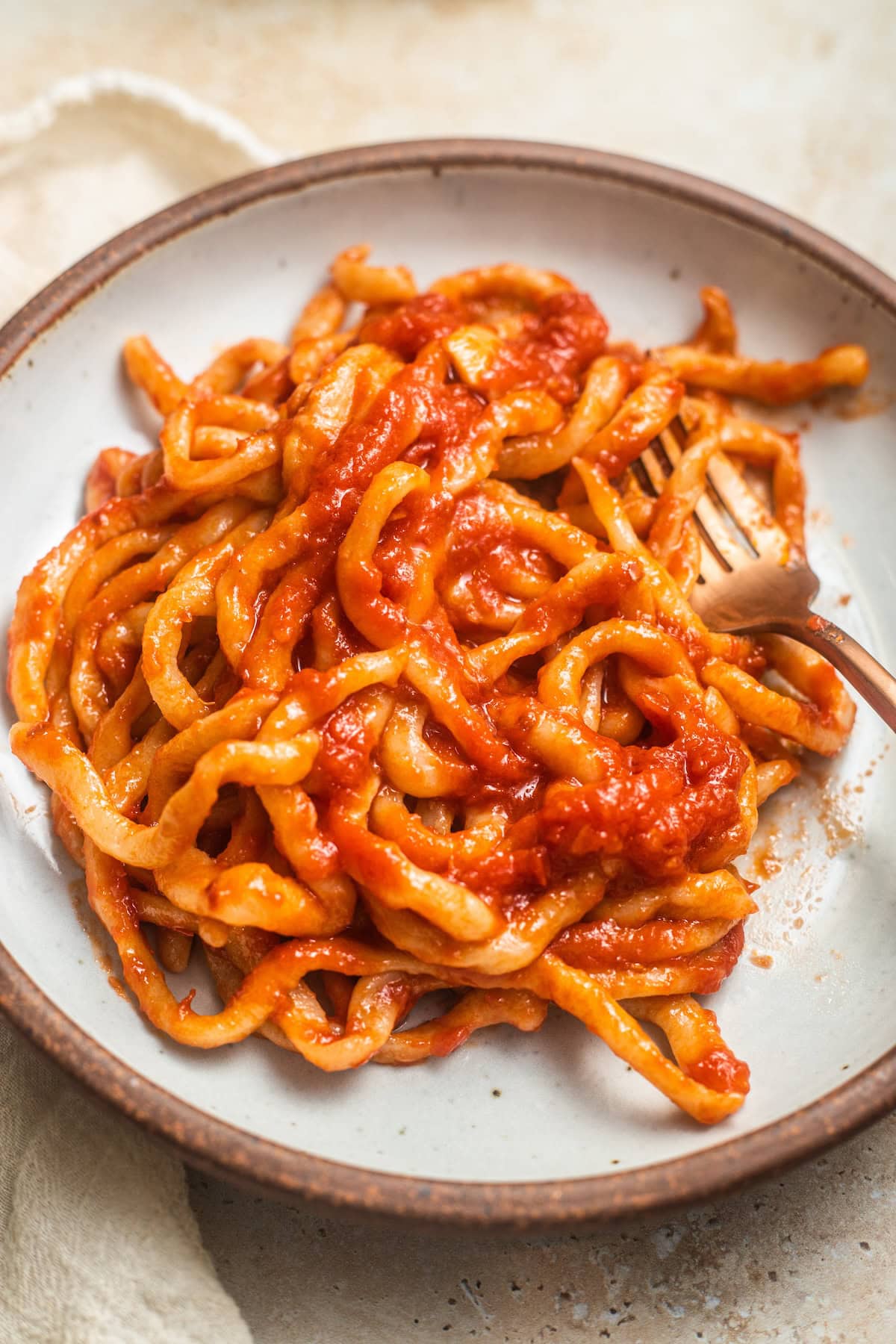
All of this, of course, without Brunello? Unthinkable! In Montalcino, wine is not just a side accompaniment, but a guide to taste, culture, and conversation – which becomes increasingly lively after the second glass. Because here, food and wine are not just habits; they are a way of life. And between us, who would want to live any other way?
In Montalcino, some of the most historic and famous wineries include Biondi-Santi, where Brunello was born, Castello Banfi, known for its international reach, Casanova di Neri, which has received top accolades, and Altesino, a pioneer in using cru vineyards.
Other notable wineries include Soldera, famous for its fine Brunello, and Il Poggione, one of the oldest and most consistently high-quality estates in the area. We visited three wineries with distinct differences, but each contributing to the overall picture of the region.
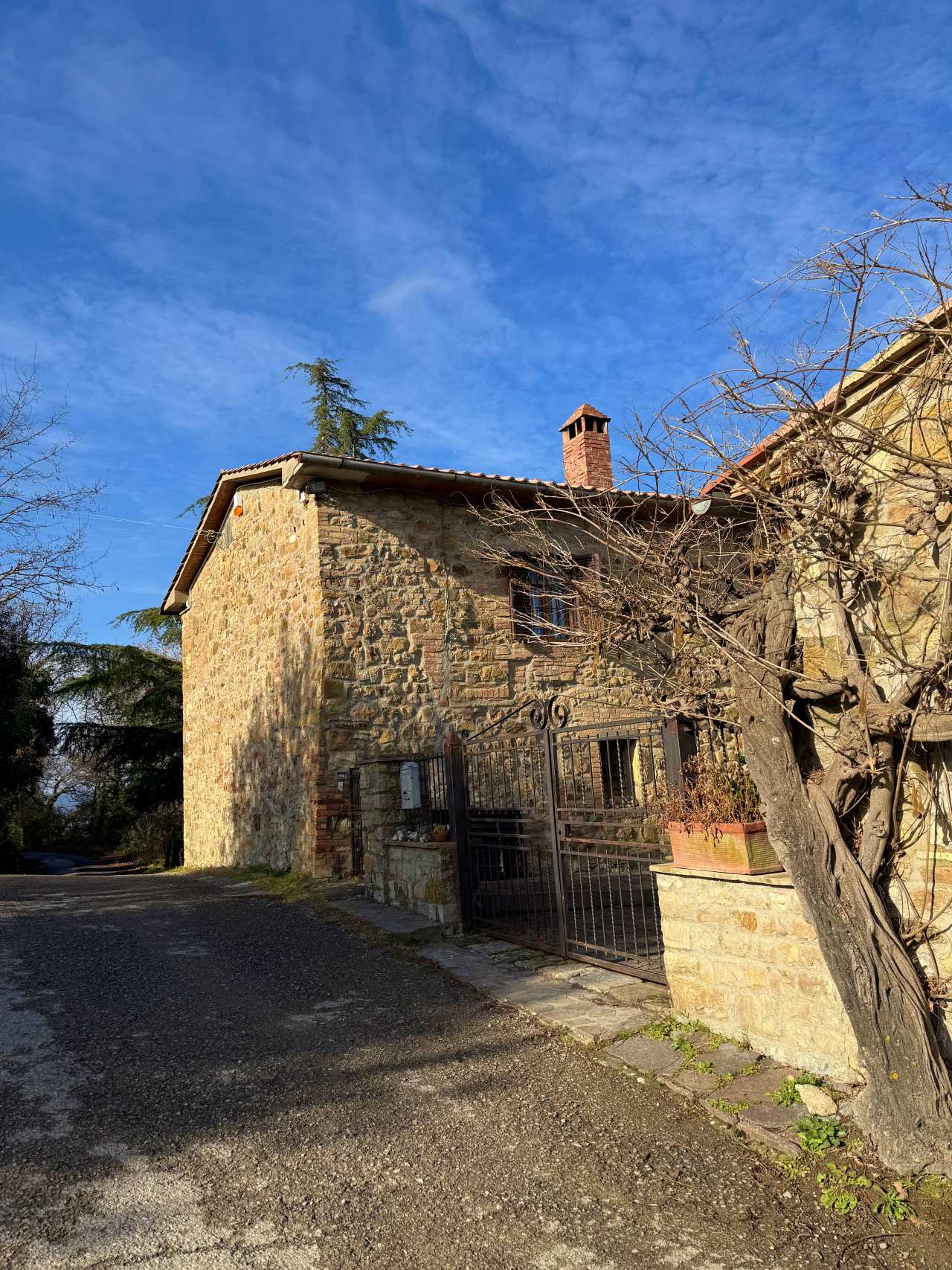
The Baricci Winery is a living testament that wine is not just a product, but a legacy.
Here, in Montosoli, the land, the climate, and the passion of a family come together to create Brunello di Montalcino that tells the story of generations. A story that began in poverty but, with faith and dedication, became a symbol of the authenticity of Brunello.
The family’s story begins in 1955 when Nello Baricci (Pietro’s father-in-law), a man with vision, purchased this piece of land, going against the trends of the time, which saw farmers leaving their fields for a better life in the factories of the North.
But Nello had a different vision. Instead of abandoning the land, he decided to invest in it. Lacking financial comfort, he took out a loan and, through great effort, purchased his property in Montosoli, an area that at the time didn’t even have electricity.
“We had nothing, not even shoes for our children. But we had the land. And the land never disappoints those who take care of it,” Nello used to say.
Although many questioned his decision, Nello firmly believed in the terroir of Montosoli. The first years were incredibly difficult. Without modern equipment, work in the vineyard was done entirely by hand, while the Baricci family struggled to survive on the meager income from their agricultural production.

Nello Baricci was one of the 25 winemakers who, in 1967, founded the Consorzio del Vino Brunello di Montalcino, the consortium that brought Brunello to a global level.
Until then, Brunello was a wine produced by a few, without a defined quality framework. Nello and the other winemakers decided to establish strict production rules, protecting the identity and authenticity of their wine.
Today, the Consorzio has over 200 members and continues its mission of safeguarding Brunello di Montalcino. The hill, at an altitude of 300 meters, is known for its unique terroir, with layers of schist, marl, and quartz that reflect the prehistoric sea that existed here millions of years ago.
This unique geological profile gives Baricci wines intense minerality, elegance, and great aging potential. The microclimate of Montosoli is also crucial. The winery produces about 30,000 bottles annually, split equally between Brunello and Rosso di Montalcino, with 80% of the production being exported.
In the cellar, aging takes place exclusively in large Slavonian oak barrels, preserving the elegance of the wine. Today, the winery is run by Federico Baricci, oenologist and Nello’s grandson, while his brother Francesco oversees the commercial side. Together with their parents, Graziella and Pietro, who continue to work in the vineyards and production, they keep the business authentically family-run.
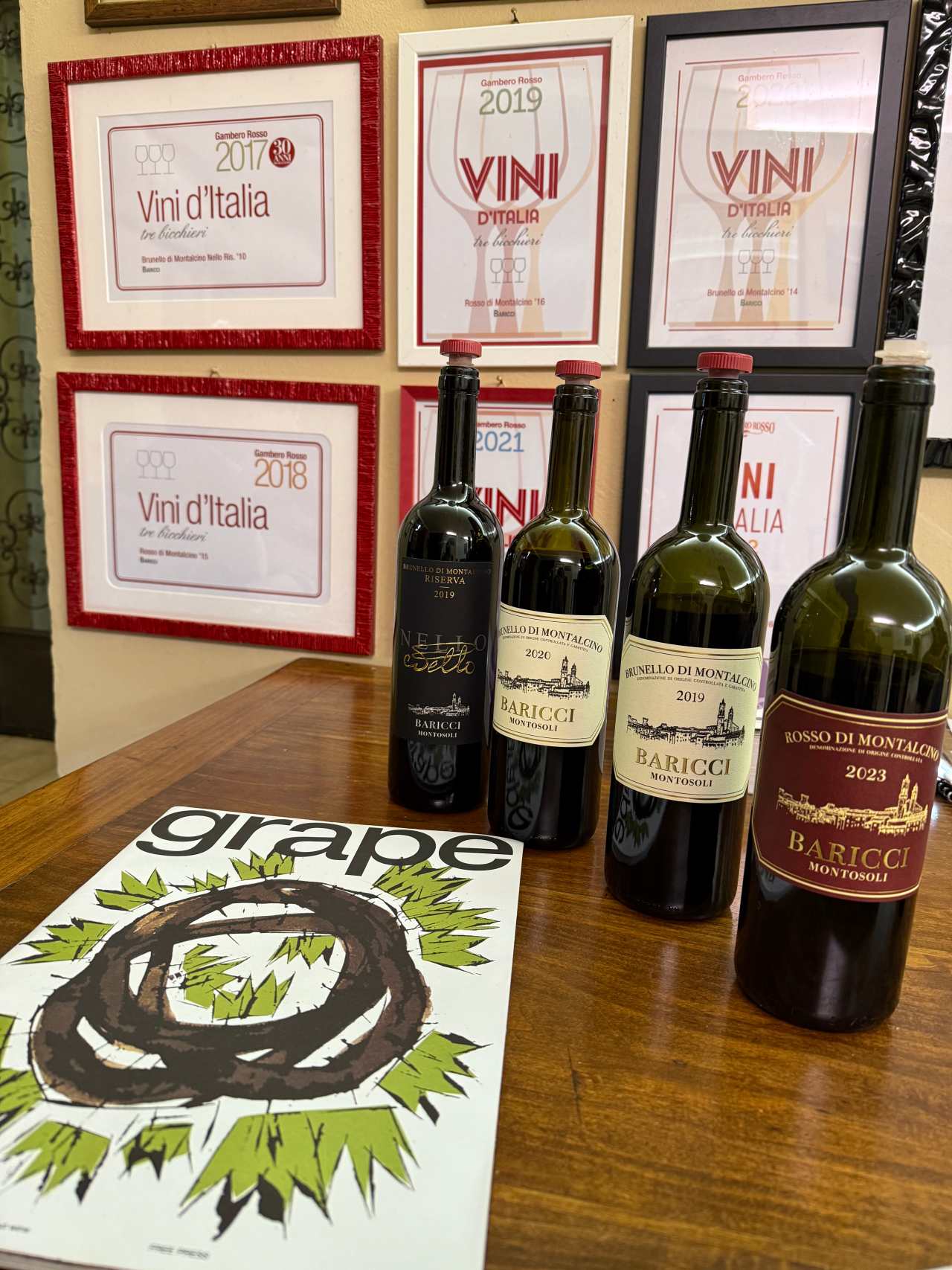
The Brunello, rich and harmonious, presented depth, balanced acidity, and robust tannins, promising excellent aging potential.
During the tasting of the 2019 vintage, the first impression was elegance. The wine revealed aromas of red fruits, cherry, and currant, with subtle notes of spices, leather, and sweet herbs. On the palate, the tannins were velvety and perfectly integrated. The acidity provided freshness, while the finish was long and complex.
“Let the Brunello age for 10 years, if you can. If not, open it at least four hours before, and you will see the difference,” advises Pietro.
In the 2019 Riserva, the complexity is even greater. The grapes are strictly selected from the oldest vineyards, and the wine ages for over three years in large Slavonian oak barrels.
The aromas of ripe black fruits, spices, and vanilla give way to a long and balanced finish that can evolve for decades.
The Tassi family has deep roots in Montalcino, and their history is closely intertwined with the tradition and development of the region.
It all started with Guido Franci, born in 1910, who dedicated his life to the land and nature. Initially working in the Biondi-Santi vineyards, he developed a special connection with agriculture and cultivation.
In the 1950s, following his passion for beekeeping, he established his own honey production business, which quickly stood out for its quality. Over the years, the family tradition continued, and the Tassi and Franci businesses became nationally recognized for their exceptional products.
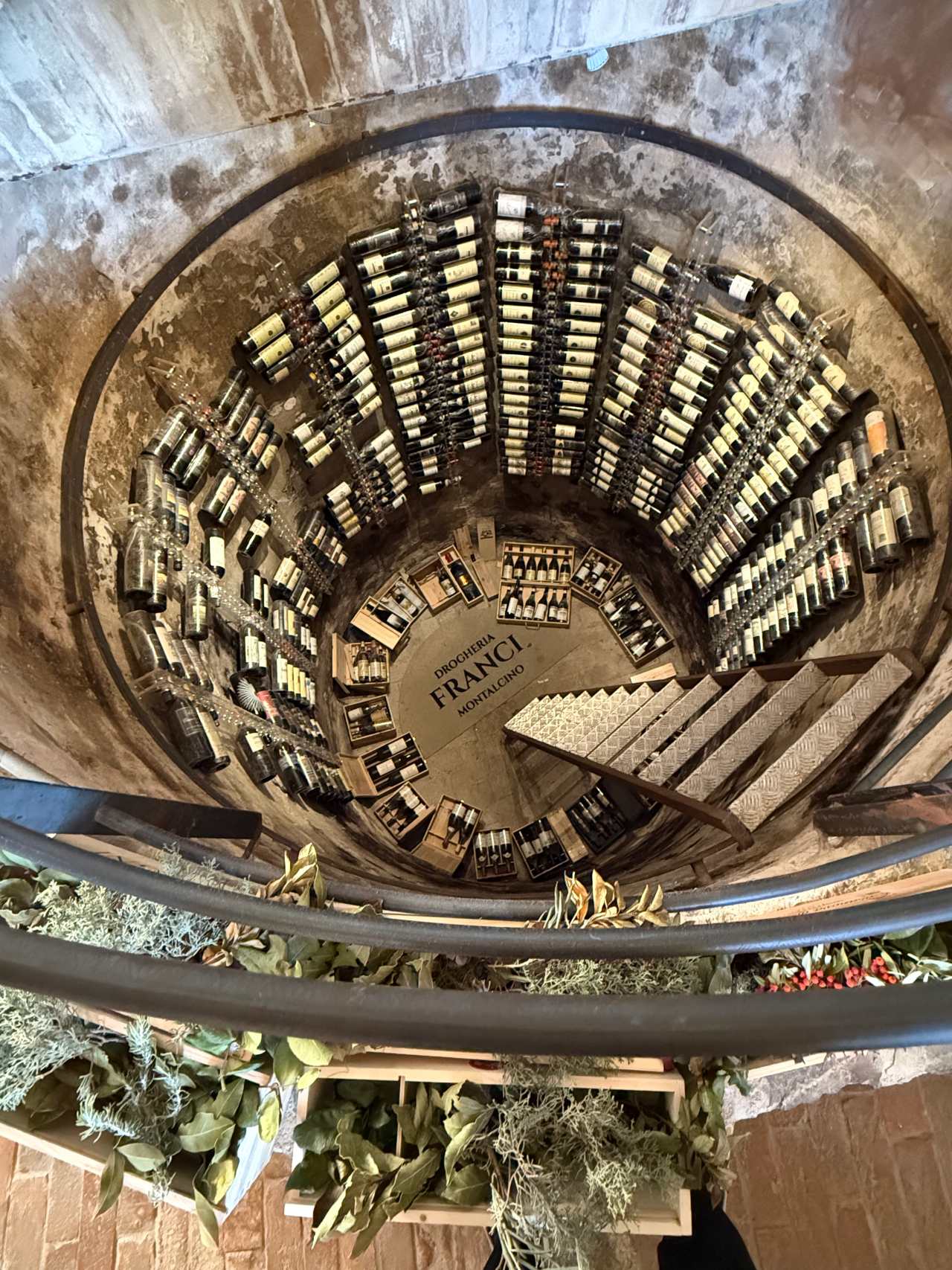
The word “drogheria” traditionally referred to a general store that sold everything from food to medicine and tobacco, but Fabio transformed it into a space dedicated to fine wine and high-quality local products, such as pasta, olive oil, and honey.
Honey held particular significance for the family, as his mother, Franca Franci, came from one of the largest beekeeping families in Montalcino.
Since 1965, the family business had over 2,000 hives and was managed by his uncle, Roberto Franci, and his parents.
However, Fabio could not continue this tradition because… he was allergic to pollen and bee stings.
So, in 1999, he decided to fully focus on wine, planting his first vineyards in Montalcino.
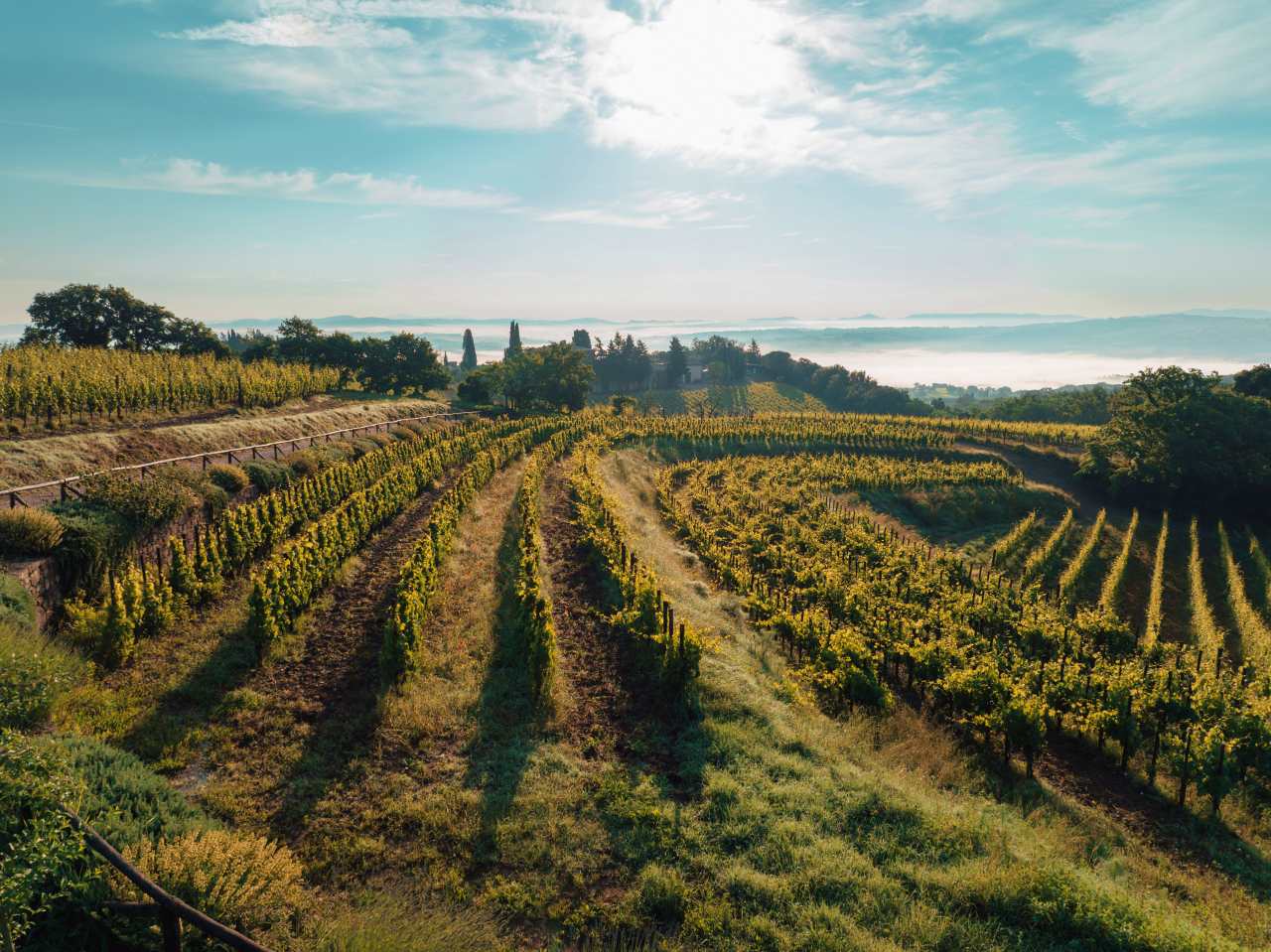
His first harvest took place in 2004, marking the beginning of his winemaking journey.
Fabio’s winery was completed in 2019, near the old family beekeeping facility.
Today, he has around 7 hectares of vineyards spread across different areas around Montalcino, with a focus on the southeastern part, near Castello di Velona.
Fabio’s goal is to highlight the uniqueness of each vineyard, which is why he produces single-vineyard wines, such as Vigna Tassi and Colombaiolo, as well as selected labels from older vineyards.
One unique innovation of the winery is aging in clay amphorae, a technique that began in 2018 and is used exclusively for Sangiovese, enhancing the authenticity of the region, away from the traditional influence of wood.
In addition to wine production, Fabio is deeply connected to Montalcino.
For the past 23 years, he has managed the Enoteca at the iconic Castello di Montalcino, making him an emblematic figure of the region.
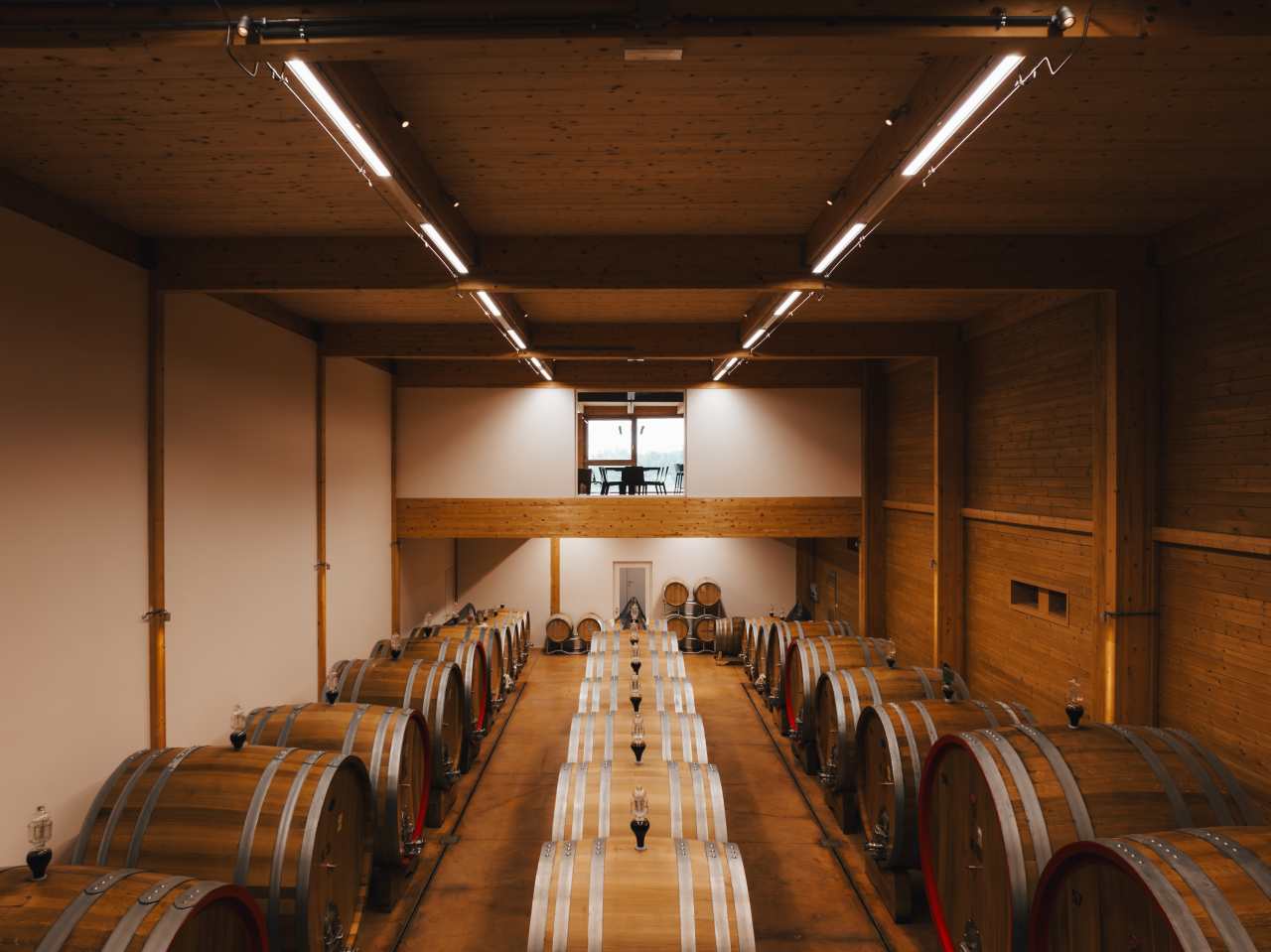
Fabio doesn’t view wine merely as a profession but as a way of life.
“I was born and raised in Montalcino, in my grandmother’s house. My family, especially my grandfather, had a long tradition of beekeeping. Personally, although I found honey production interesting, I was allergic to pollen, which made it difficult for me to engage in that field. In 2000, my father had the opportunity to acquire a vineyard with Brunello and Rosso di Montalcino. That was the moment we decided to turn to winemaking. My first professional involvement with wine began with the Enoteca, which is located in my grandmother’s old house. My love for wine is directly linked to my passion for gastronomy. In Montalcino, wine and food are not just two separate elements, they are interconnected. Our culture is based on taste, and from a young age, I learned to appreciate good food. My grandmother and mother used to cook fresh pasta every Sunday, and the meal was always a ritual. Food and wine are a way of life here in Montalcino, a tradition that I continue with passion and dedication.”
Gianlorenzo Neri is a young man, with classic Italian elegance and remarkable professionalism. In recent years, he has taken on a significant role in the family business, which celebrated its 50th anniversary in 2021.
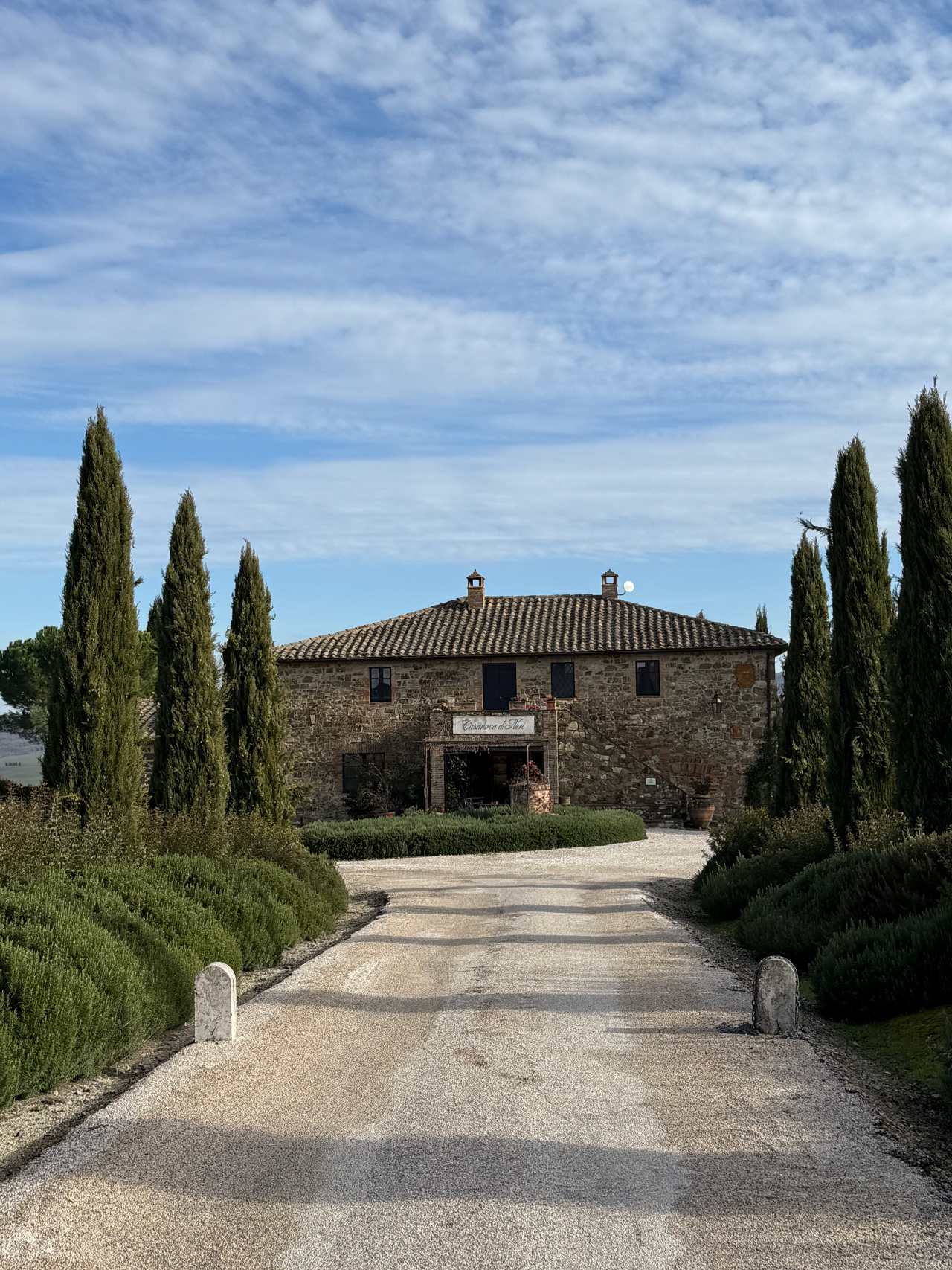
Casanova di Neri is not just a winery, but a family story full of passion, innovation, and dedication to the perfection of Brunello.
And if there’s one lesson from this experience, it’s that the right terroir, combined with love and expertise, creates wines that stand the test of time and carve their own path in history.
“My family founded our winery in 1971, when my father, with foresight and courage, purchased land at a time when Brunello still didn’t have the reputation it enjoys today. However, he knew that Montalcino had the potential to produce great wines, and so he began our journey in the world of Brunello. Today, my brother and I manage the winery, continuing our father’s vision. I handle the winemaking, while my brother is responsible for viticulture and sales. 80% of our production is exported to over 50 countries, with the main markets being North America, Europe, and Asia. Our vineyards stretch across different regions of Montalcino, offering unique expressions of Sangiovese. Tasting our wines, one can understand the differences between the various locations.”
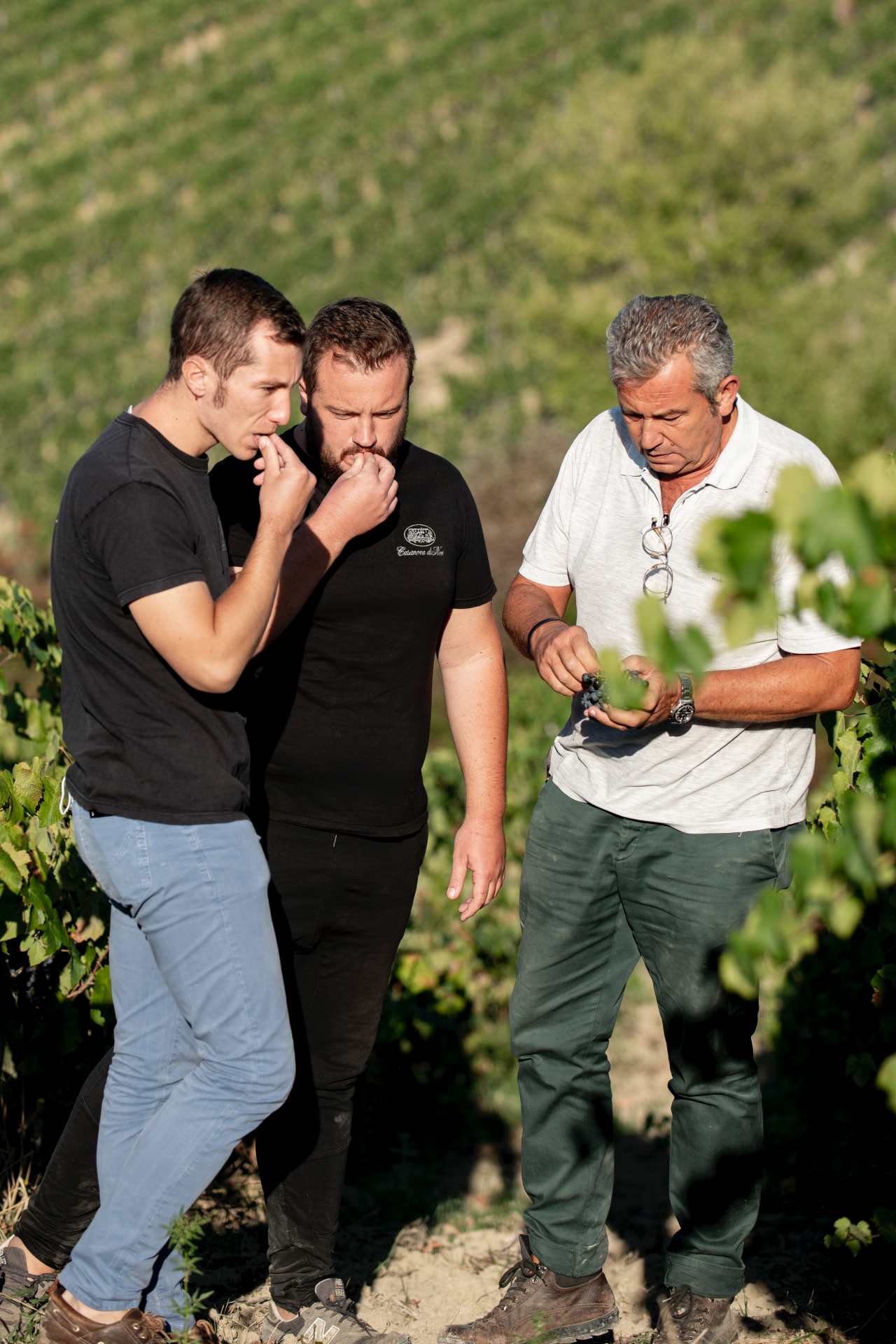
The White Label is the most classic expression of our winery, Ceretalto comes from a unique vineyard with special soil, Tenuta Nuova is the result of the search for a new terroir by my father, while Giovanni Neri is a tribute to him. We follow organic and sustainable practices, with manual harvesting and natural fermentation, minimizing our intervention in the production process. Aging takes place in both large Slavonian oak barrels and stainless steel, depending on the style of each wine. In our cellar, we have created a gravity-flow facility, allowing for gentle handling of the grapes, preserving the purity and authentic character of our wines. Everything was designed with sustainability in mind, to minimize energy consumption, because the future of Brunello must be just as bright as its past.
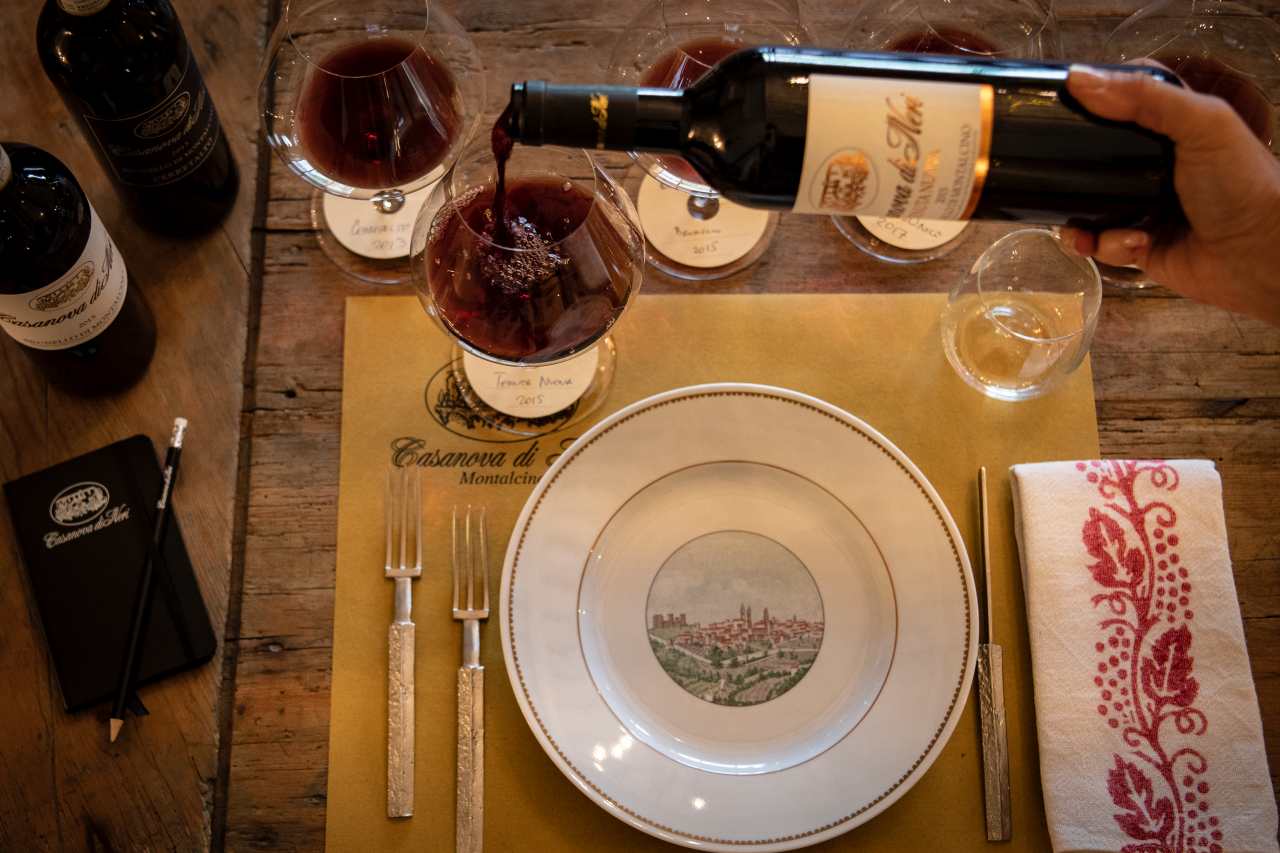
The White Label is the winery’s most classic expression, as it represents the first release from Casanova di Neri since 1978. It is a wine that expresses the family’s style and philosophy, with elegance, balance, and a capacity for long aging.
Ceretalto is a Brunello from a unique vineyard located in a natural amphitheater valley, three kilometers east of the winery. The soil of the area is particularly rare, with a high presence of iron elements, which gives it impressive structure, minerality, and great aging potential.
Tenuta Nuova is one of the winery’s most iconic wines, symbolizing the boldness and innovation of the Neri family. In the late 1980s, the family’s patriarch sought out a new terroir for Sangiovese cultivation, far from the classic areas of Montalcino. The first harvest was released in 1993, and a few years later, it was named Wine of the Year by Wine Spectator, giving a huge boost not only to the winery but to Brunello di Montalcino itself.
Giovanni Neri is the most recent addition to the single-vineyard Brunello collection and was created as a tribute to the family’s father.
Finally, the Brunello di Montalcino 2006 is a wine of exceptional aging potential, characterized by its power and complexity. Coming from a very good year, it still has intense aromas of cherry, leather, and licorice, while its aging has added depth and elegance. The long extraction during fermentation in 2006 gave it greater concentration, making it a wine with a long lifespan.
As our host wisely put it, “The best pairing for the wine is the people who enjoy it together.”
Με την εγγραφή σας στη λίστα των παραληπτών θα λαμβάνετε το newsletter του grape!

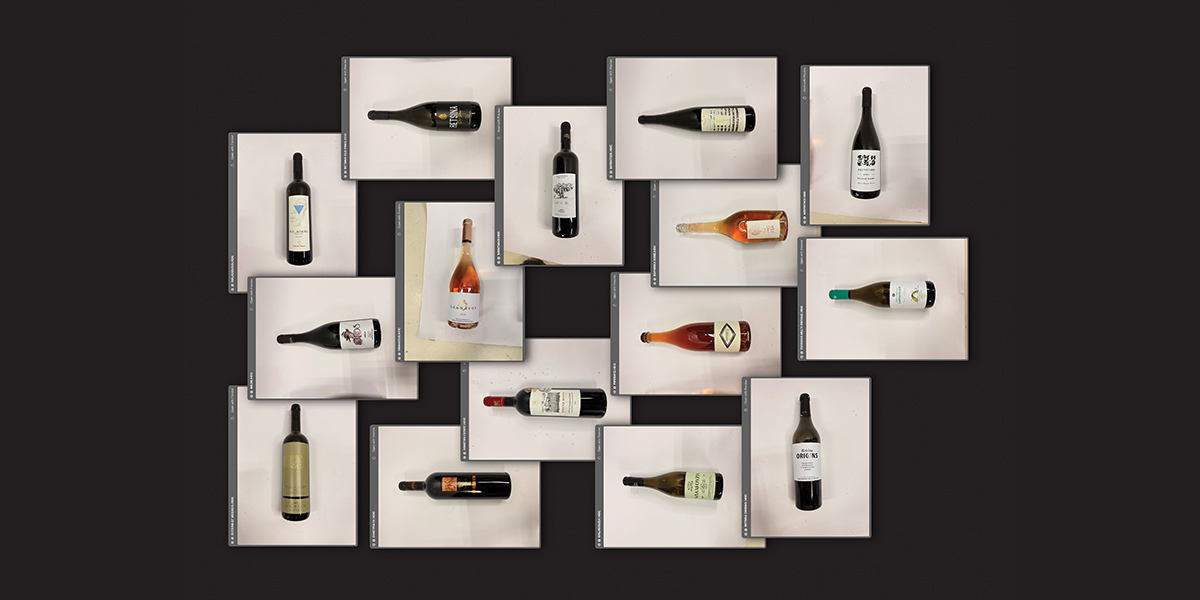
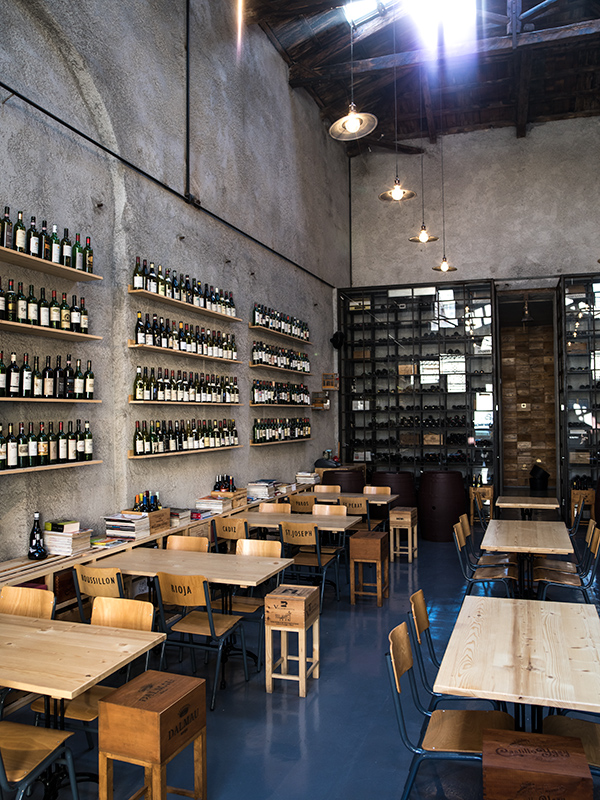

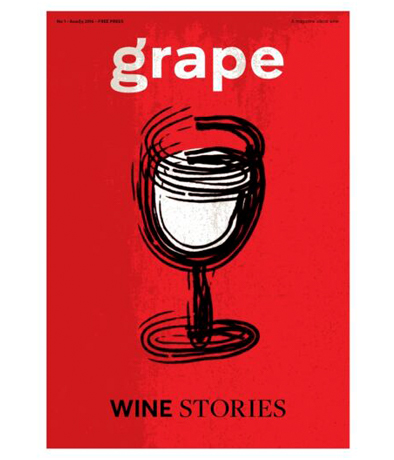
Με την εγγραφή σας στη λίστα των παραληπτών θα λαμβάνετε το newsletter του grape!